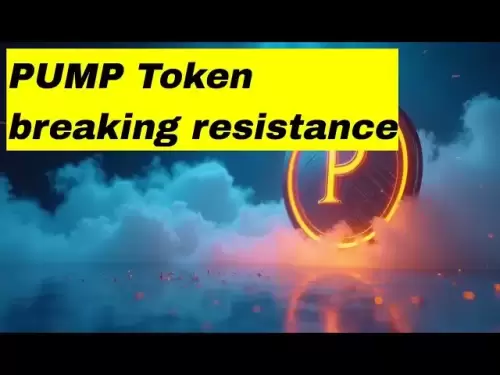-
 Bitcoin
Bitcoin $115200
-2.68% -
 Ethereum
Ethereum $3601
-5.16% -
 XRP
XRP $3.035
-2.96% -
 Tether USDt
Tether USDt $0.9997
-0.04% -
 BNB
BNB $764.5
-5.43% -
 Solana
Solana $168.1
-5.92% -
 USDC
USDC $0.9998
-0.02% -
 Dogecoin
Dogecoin $0.2090
-4.80% -
 TRON
TRON $0.3272
-0.49% -
 Cardano
Cardano $0.7306
-5.00% -
 Hyperliquid
Hyperliquid $39.16
-12.22% -
 Stellar
Stellar $0.3967
-4.96% -
 Sui
Sui $3.566
-5.95% -
 Chainlink
Chainlink $16.55
-6.57% -
 Bitcoin Cash
Bitcoin Cash $552.3
-3.90% -
 Hedera
Hedera $0.2516
-4.69% -
 Avalanche
Avalanche $21.99
-5.75% -
 Toncoin
Toncoin $3.621
-0.28% -
 Ethena USDe
Ethena USDe $1.000
-0.03% -
 UNUS SED LEO
UNUS SED LEO $8.951
0.02% -
 Litecoin
Litecoin $105.9
-3.59% -
 Shiba Inu
Shiba Inu $0.00001232
-5.00% -
 Polkadot
Polkadot $3.640
-5.55% -
 Uniswap
Uniswap $9.048
-7.03% -
 Monero
Monero $301.8
-1.51% -
 Dai
Dai $0.9999
-0.01% -
 Bitget Token
Bitget Token $4.334
-3.66% -
 Pepe
Pepe $0.00001064
-6.17% -
 Cronos
Cronos $0.1367
-5.78% -
 Aave
Aave $259.2
-4.59%
What is zk-Rollup for blockchain? How to improve privacy?
zk-Rollup enhances blockchain scalability and privacy by bundling transactions off-chain and using zero-knowledge proofs for validation, ensuring secure and efficient processing.
Apr 29, 2025 at 06:36 pm
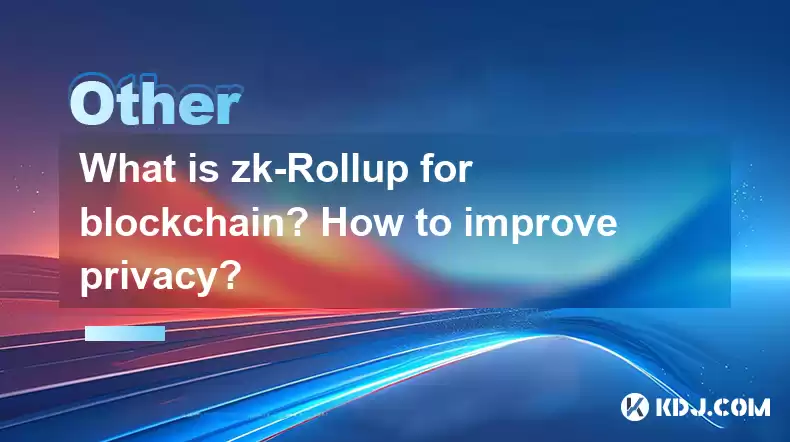
Introduction to zk-Rollup
zk-Rollup is a layer-2 scaling solution designed to enhance the scalability and privacy of blockchain networks. It operates by bundling multiple transactions off-chain into a single transaction that is then recorded on the main blockchain. This method significantly reduces the load on the blockchain, allowing for faster and cheaper transactions. The term "zk" stands for "zero-knowledge," which refers to the use of zero-knowledge proofs to validate transactions without revealing any sensitive information.
How zk-Rollup Works
The core mechanism of zk-Rollup involves the use of zero-knowledge proofs, specifically zk-SNARKs (Zero-Knowledge Succinct Non-Interactive Arguments of Knowledge) or zk-STARKs (Zero-Knowledge Scalable Transparent Arguments of Knowledge). These proofs allow a prover to demonstrate the validity of a statement without revealing any underlying data. In the context of blockchain, this means that a user can prove that a transaction is valid without disclosing the transaction details.
- Transaction Aggregation: Multiple transactions are aggregated off-chain into a single batch.
- Proof Generation: A zero-knowledge proof is generated for the batch, proving that all transactions within it are valid.
- On-Chain Submission: The batch and the proof are submitted to the main blockchain, where the proof is verified, and the batch is recorded as a single transaction.
This process ensures that the blockchain remains secure and decentralized while significantly increasing its throughput.
Benefits of zk-Rollup
zk-Rollup offers several advantages that make it an attractive solution for blockchain scalability and privacy:
- Scalability: By processing transactions off-chain and only submitting a single proof to the main blockchain, zk-Rollup can handle a much higher volume of transactions per second.
- Privacy: The use of zero-knowledge proofs ensures that transaction details remain private, enhancing user privacy.
- Security: Since the validity of transactions is proven on-chain, the security of the main blockchain is maintained.
Improving Privacy with zk-Rollup
To further enhance privacy within the zk-Rollup framework, several strategies can be employed:
- Anonymous Transactions: Implementing features that allow users to transact anonymously, such as using anonymous addresses or mixing services.
- Private State Transitions: Ensuring that state transitions (changes in account balances or other data) are kept private through the use of zero-knowledge proofs.
- Decentralized Identity Management: Utilizing decentralized identity solutions that allow users to control their personal data and prove their identity without revealing unnecessary information.
Implementing zk-Rollup for Enhanced Privacy
To implement zk-Rollup for improved privacy, follow these steps:
- Choose a zk-Rollup Platform: Select a platform that supports zk-Rollup, such as Loopring or zkSync.
- Set Up a Wallet: Use a compatible wallet that supports the chosen zk-Rollup platform. Ensure the wallet has features for private transactions.
- Generate a Zero-Knowledge Proof: When initiating a transaction, the wallet will generate a zero-knowledge proof for the transaction batch.
- Submit the Proof: The wallet will submit the proof and the transaction batch to the main blockchain.
- Verify the Transaction: The blockchain will verify the proof, ensuring the transaction's validity without revealing any sensitive data.
Practical Example of Using zk-Rollup for Privacy
Consider a scenario where Alice wants to send 1 ETH to Bob using a zk-Rollup platform. Here's how she would proceed:
- Alice initiates the transaction through her wallet, specifying Bob's address and the amount to be sent.
- The wallet aggregates this transaction with others into a batch.
- A zero-knowledge proof is generated for the batch, proving that the transactions are valid without revealing any details.
- The batch and proof are submitted to the main blockchain.
- The blockchain verifies the proof and records the batch as a single transaction, ensuring Alice's transaction to Bob is processed privately.
Frequently Asked Questions
Q: Can zk-Rollup be used with any blockchain?
A: zk-Rollup is primarily designed for Ethereum and Ethereum-compatible blockchains. However, the technology can be adapted for use with other blockchains that support smart contracts and layer-2 solutions.
Q: How does zk-Rollup compare to other layer-2 solutions like Optimistic Rollups?
A: zk-Rollup and Optimistic Rollups both aim to improve blockchain scalability, but they differ in their approach to transaction validation. zk-Rollup uses zero-knowledge proofs for immediate validation, offering better privacy and security. Optimistic Rollups, on the other hand, assume transactions are valid and use a fraud-proof mechanism, which can lead to longer transaction finality times.
Q: Are there any trade-offs to using zk-Rollup for privacy?
A: While zk-Rollup enhances privacy and scalability, it can be computationally intensive to generate zero-knowledge proofs, which may increase the time and resources required for transaction processing. Additionally, the complexity of the technology may pose a barrier to adoption for some users.
Q: Can zk-Rollup be used for decentralized finance (DeFi) applications?
A: Yes, zk-Rollup can be integrated into DeFi applications to improve their scalability and privacy. Platforms like Loopring have already implemented zk-Rollup for DeFi use cases, enabling faster and more private transactions within decentralized exchanges and other financial services.
Disclaimer:info@kdj.com
The information provided is not trading advice. kdj.com does not assume any responsibility for any investments made based on the information provided in this article. Cryptocurrencies are highly volatile and it is highly recommended that you invest with caution after thorough research!
If you believe that the content used on this website infringes your copyright, please contact us immediately (info@kdj.com) and we will delete it promptly.
- Navigating the Crypto Market: Bitcoin, Trader Experience, and Avoiding the Noise
- 2025-08-02 00:50:12
- Deep Agents, AI Task Management, and Evolution AI: A New Era?
- 2025-08-02 00:50:12
- SPX6900, BlockDAG, and Miner Sales: A New York Minute on Crypto Trends
- 2025-08-01 23:30:15
- BlackRock, XRP ETF, and Ripple: Is the Perfect Storm Brewing?
- 2025-08-01 22:50:11
- Solana ETF Momentum Builds: Will SOL Join the Institutional Party?
- 2025-08-02 00:10:15
- Cardano (ADA) Breakout Watch: Is the Sleeper About to Wake Up?
- 2025-08-02 00:10:16
Related knowledge

What is the difference between a blockchain and a database?
Aug 01,2025 at 09:36pm
Understanding the Core Structure of a BlockchainA blockchain is a decentralized digital ledger that records data in a series of immutable blocks linke...
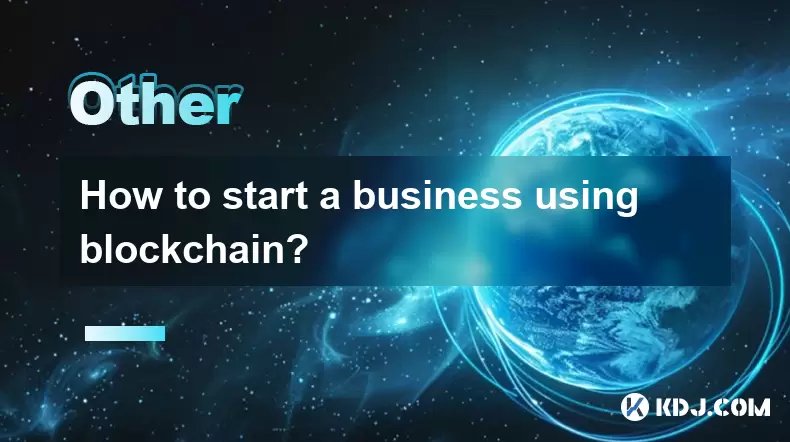
How to start a business using blockchain?
Jul 28,2025 at 12:36am
Understanding the Basics of Blockchain TechnologyBefore diving into the process of starting a business using blockchain, it's crucial to understand wh...
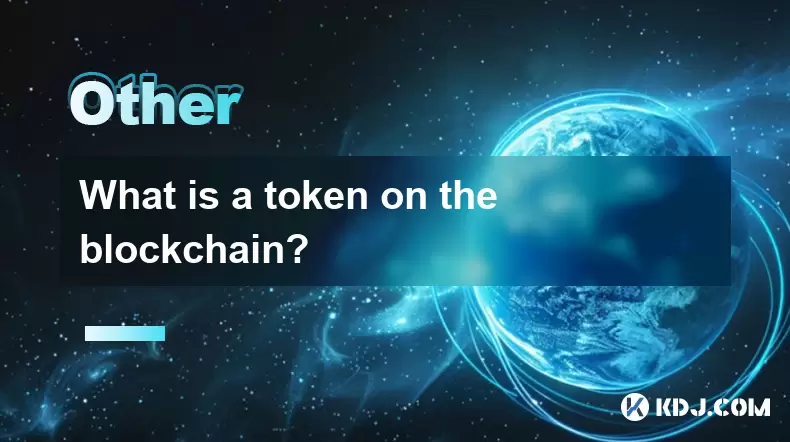
What is a token on the blockchain?
Jul 21,2025 at 07:00am
Understanding the Concept of a TokenIn the realm of blockchain technology, a token is a digital representation of an asset or utility that exists on a...
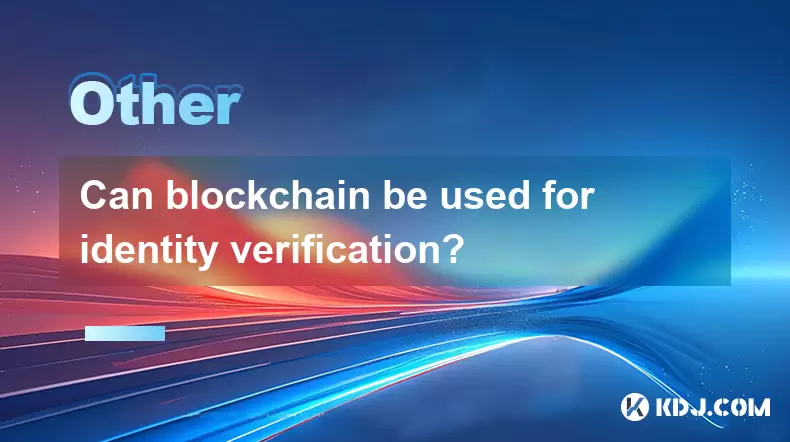
Can blockchain be used for identity verification?
Jul 18,2025 at 02:14pm
Understanding Identity Verification in the Digital AgeIn the modern digital landscape, identity verification has become a critical component for ensur...
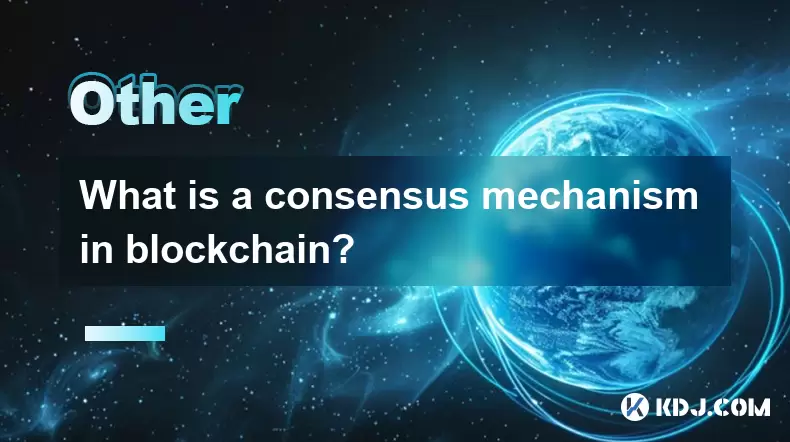
What is a consensus mechanism in blockchain?
Jul 21,2025 at 03:01am
Understanding the Basics of Consensus MechanismsA consensus mechanism is a critical component of any blockchain network. It refers to the process by w...
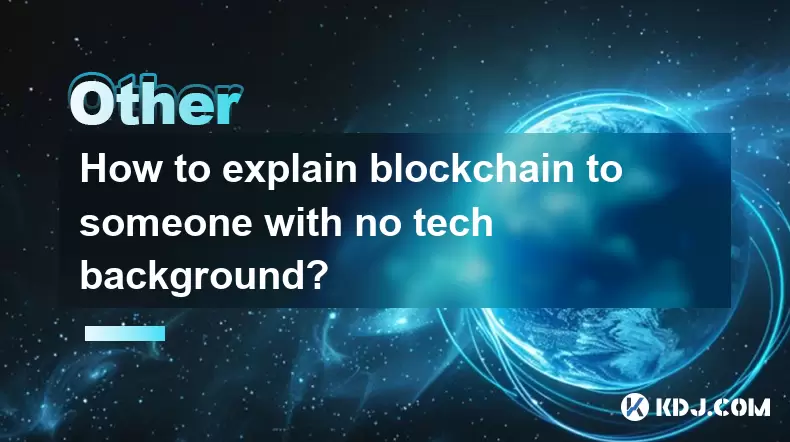
How to explain blockchain to someone with no tech background?
Jul 18,2025 at 11:08pm
Understanding the Basics of BlockchainTo explain blockchain to someone with no tech background, it's essential to start with simple analogies and avoi...

What is the difference between a blockchain and a database?
Aug 01,2025 at 09:36pm
Understanding the Core Structure of a BlockchainA blockchain is a decentralized digital ledger that records data in a series of immutable blocks linke...

How to start a business using blockchain?
Jul 28,2025 at 12:36am
Understanding the Basics of Blockchain TechnologyBefore diving into the process of starting a business using blockchain, it's crucial to understand wh...

What is a token on the blockchain?
Jul 21,2025 at 07:00am
Understanding the Concept of a TokenIn the realm of blockchain technology, a token is a digital representation of an asset or utility that exists on a...

Can blockchain be used for identity verification?
Jul 18,2025 at 02:14pm
Understanding Identity Verification in the Digital AgeIn the modern digital landscape, identity verification has become a critical component for ensur...

What is a consensus mechanism in blockchain?
Jul 21,2025 at 03:01am
Understanding the Basics of Consensus MechanismsA consensus mechanism is a critical component of any blockchain network. It refers to the process by w...

How to explain blockchain to someone with no tech background?
Jul 18,2025 at 11:08pm
Understanding the Basics of BlockchainTo explain blockchain to someone with no tech background, it's essential to start with simple analogies and avoi...
See all articles























